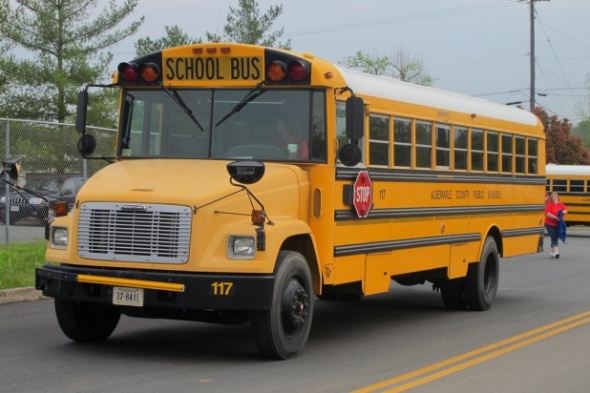Brokers who place School Board and Educators Legal Liability insurance are beginning to notice that the marketplace has gotten more difficult. Layoffs from budget cuts have triggered an increase in Employment Practices Liability (EPL) claims, while the tough job market has led to an increased amount of "failure to educate" claims.
The very public proceedings involving Penn State University have recently reminded us that sexual abuse and molestation are critical claim issues for schools. Any article written about a class of business that touches Personally Identifiable Information (PII) and doesn't mention Cyberliability fails to address another major source of trouble.
Based on these and other factors, insurers are either non-renewing business or re-underwriting their book, which leads to a restriction in terms.
The typical School Board or Educators Legal Liability policy is designed to protect not only teachers, but also school board members, administrators, volunteers, student teachers and various other members of the educational staff. In a standard policy, the definition of "Wrongful Act" includes coverage for an actual or alleged breach of duty, neglect, misleading statement and other errors or omissions of an insured educator in their capacity or scope of employment on behalf of the educational institution. Most policies also include coverage for Employment Practices Liability (EPL) claims, which tend to be the most frequent cause of loss.
Typical allegations found in claims include:
- Failure to educate
- Failure to supervise a classroom
- Loss of accreditation
- Employment-related lawsuits claiming sexual harassment, wrongful termination or discrimination
- Misstatements, misleading statements, breaches of duty, neglect, errors or omissions made by a paid or volunteer board member who assists the school in making critical decisions about operations and economic survival
- Failure to respond to or prevent bullying activities of the students
Market Commentary
Below are examples of the additional claim scenarios that insurers are seeing in this class of business.
"We are seeing the severity of educators' claims increase dramatically." — Stephanie Gardner, RSUI
"The biggest issue that we have seen regarding Educators Legal Liability is on the EPL side. This has historically been a frequency-driven class and we have seen an even larger increase in frequency. We have also seen frequency develop into severity, which we had not seen to this extent before. There doesn't seem to be any new trend in the type of EPL claims, just more of them. I believe a lot of this is just a function of the economy and the pressure on school districts to reduce their budgets." — Matthew Cibulskas, Westchester Specialty
"Bullying claims are being litigated under a 'failure to supervise' accusation. The financial damages to the parents are that they had to pay private school tuition because they had to leave the public school system after nothing was done to stop the bullying. And redistricting claims — many institutions have budget issues and, as a result, are closing schools and consolidating. This has triggered a lot of claims against the school boards." — Steve Krusko, AIG
"I have seen issues with the for-profit educational segment regarding the federal tuition funding (loans/scholarships) as well as issues with dismal graduation rates and failure to educate allegations." — Roy Huelsebusch, Crum & Forster
"Unfair competition and misrepresentation during the admissions process, as well as admissions to programs that don't have full accreditation yet (nursing programs seem to be frequent offenders here). Regulatory interest — a high percentage of tuition comes from Pell Grants so state Attorneys General have been pursuing litigation for unfair/deceptive trade practices." — Rob Faber, AIG
If there was just one area of concern, underwriters could manage that risk with exclusions, sublimits, higher retentions or other means of mitigation. However, with severity increasing and claims coming from many directions, the marketplace has to respond. Underwriters can either withdraw from the marketplace or attempt to work around the hot spots. As mentioned earlier in this article, many insurers have moved away from this class while others are indeed revising their pricing, retentions and coverage terms.
With many schools having renewals on or around July 1, now is the time to formulate your renewal strategy, communicate the conditions of the market to your insured, and begin discussions with your current and prospective insurers.





